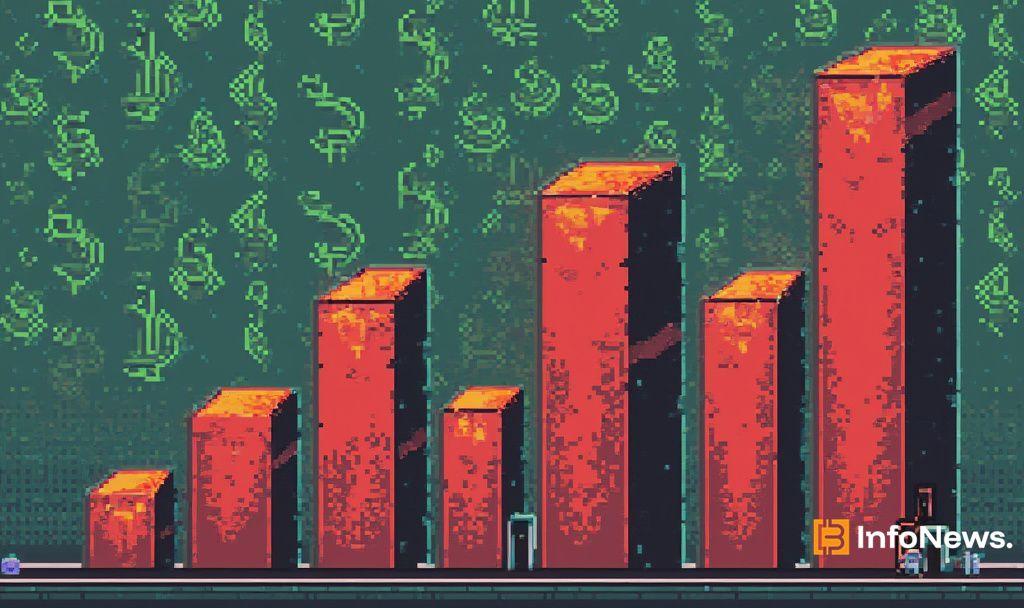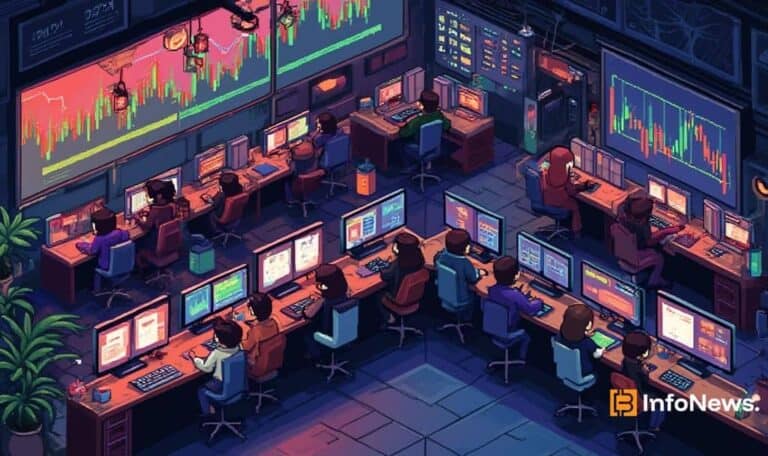DeFi Total Value Locked Falls 30% from December Peak
- DeFi’s total value locked falls sharply impacting market dynamics.
- TVL decreased by 30%, below $95 billion.
- Market sees increased volatility and investor uncertainty.

Decentralized Finance (DeFi) experienced a significant decline in its total value locked (TVL), falling below $95 billion, a 30% decrease since December’s peak.
This drop has notable implications for DeFi’s attractiveness to investors and could influence market sentiment in the broader cryptocurrency space.
DeFi TVL Shrinks 30% Since December Peak
The decline in DeFi TVL indicates a possible retreat of capital from the sector. Having peaked in December, the DeFi market now experiences a significant contraction.
Industry participants and observers note that various factors might have contributed. These include market fluctuations and external regulatory pressures that impact investor confidence.
Investor Confidence Wanes Amid DeFi Downturn
The contraction in TVL affects market dynamics, including liquidity and investor sentiment. Many DeFi protocols face challenges in maintaining their appeal amidst this downturn. Community sentiment across platforms reveals disappointment in the DeFi sector, with calls for more accessible products.
The situation raises concerns about potential ripple effects throughout the broader cryptocurrency economy. Market participants are closely monitoring subsequent trading volumes and investment flows. Vincent Liu, CIO at Kronos Research, commented, “The recent DeFi TVL decline shows how much market uncertainty can weigh against decentralized finance.”
Historical Fluctuations Suggest Possible Recovery Ahead
DeFi’s decline is reminiscent of previous cycles where sharp fluctuations destabilized market sentiment. Such downturns have often been followed by periods of recovery and new growth innovations.
Experts suggest that a recovery might be possible, with improvements contingent upon regulatory clarity and enhanced market conditions. Historical trends suggest cyclic rebounds following such contractions.




